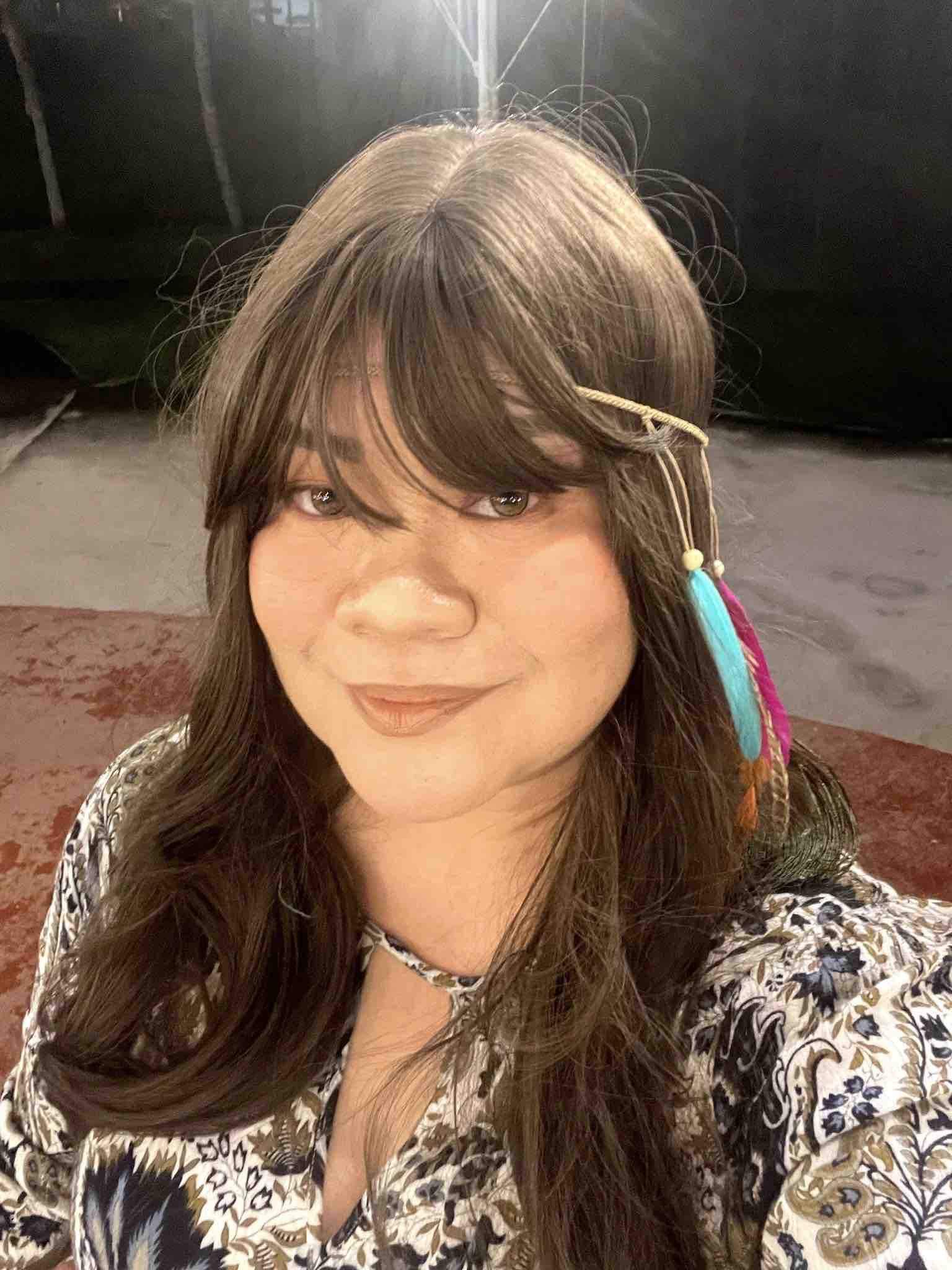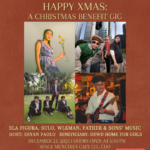I think that it is worth to write about the fact that the royalty free music epic genre has a great prehistory, which dates back over 200 years ago. Who exactly was the first composer who has written such musical works…probably no one will say.
Personally, I think there were several composers who started writing in this genre those early days. This often happens in science – when two scientists being in different countries discover the same law simultaneously, but independently even not knowing each other. So in music, various composers come to their new works independent of each other.
We can say with certainty that Wagner is the composer who invested a lot of his skills and soul in the development of epic music and it is thanks to his music that the interest in this genre soared to unprecedented heights. It is for many musicians who want to compose orchestral music is a kind of standard and an innovator in the field of application of brass instruments. Wagner even invented his own pipe, the old pipes lacked the expressive abilities of all the brass instruments that were placed in the orchestra at the time.
And although this instrument did not become widely known and popular and it is not used in the modern symphony orchestra, it is necessary to pay tribute to this composer for his desire to discover the potential of brass instruments and with his creativity. His music was very popular with many dictators because he has great power and pathetic. His music is like heavy metal, but only in classical music. Not enough just distortion guitars.
Very important in royalty free music, epic genre is the application of a brass section. In many genres, it is usually used in climaxes, and in the epic genre, brass winds enter the score more often, since this requires the specificity of music. Tuba – this is the bass profundo of the whole orchestra and in combination with double basses and bassoons creates a very powerful and velvety bottom. Trombones by tessitura should be connected more with clarinets and cellos. The glissando sounds very effectively on trombones, which is facilitated by the extension of the stage of the instrument.
The French horn is perfectly combined with woodwinds on the piano in harmonic constructions and in fortissimo it perfectly supports the tutti of the whole orchestra. In solo horns it sounds very noble and having a rather large range can be combined with both cello and viola and with clarinet and oboe. Although in the upper range the French horn does not sound as saturated as in the low and medium registers. When it comes to trumpets – they have the brightest timbre and are very piercing on fortissimo. On tessitura they can strengthen flutes and expand the sound of violins. As for the sound on the piano, the brass sounds very gloomy and menacing with a funeral tinge.
Related Images:

Mindanaoan is a multi-awarded blogger, content creator, seasoned social media strategist and publicist with undeniably successful track record. 2012 International Visitor Leadership Program (for global leaders) alumnus and O visa grantee (for people with extraordinary skills and who have risen to the top of their field). Avid traveler and a proud relief operations volunteer. Regular resource person for social media, blogging and content creation. Available for work and travel – [email protected]


